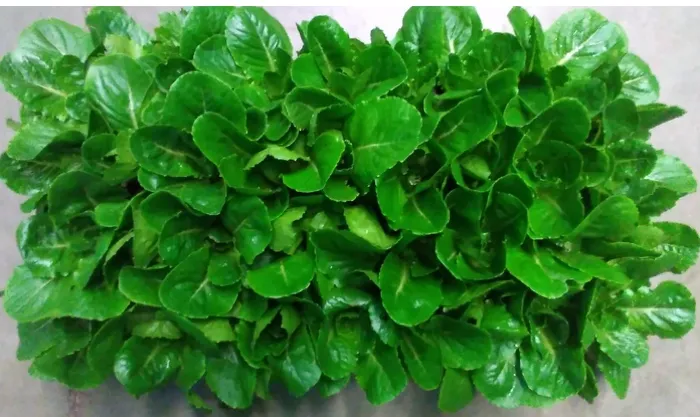Spending an extended amount of time in the microgravity environment of space can be hard on the human body. Recent NASA studies carried out on Scott Kelly and Christina Koch, the first two astronauts to spend a year on the International Space Station, found they had significantly reduced muscle mass and lost more than one per cent of their bone mass each month – a condition known as osteopenia.
With a mission to Mars being planned by NASA for some point in the 2030s and likely lasting around three years, many scientists are searching for possible solutions to help combat these effects.
Now, a team from the University of California, Davis, have developed a genetically modified strain of lettuce capable of producing a bone-stimulating hormone that could help to protect astronauts from developing osteopenia on long journeys through space.
The work was presented at the Spring Meeting of the American Chemical Society in San Diego.
As regular lettuce has already been grown successfully on the ISS, the team wanted to see if they could genetically engineer a strain of the plant that produces the bone stimulating chemical human parathyroid hormone (PTH).
The researchers introduced a gene encoding the hormone into the lettuce by infecting the cells with Agrobacterium tumefaciens— a species ofbacteria used in the lab to transfer genes to plants.

The technique would also have the advantage of taking up far less space than large quantities of ready-made medicines.
“Astronauts can carry transgenic seeds [genetically modified], which are very tiny — you can have a few thousand seeds in a vial about the size of your thumb — and grow them just like regular lettuce,” said co-author Somen Nandi. “They could use the plants to synthesise pharmaceuticals, such as PTH, on an as-required basis and then eat the plants.”
Initial test show that one kilogram of the lettuce contains around 10mg of the hormone, making the daily portion required about 380 grams.
“We’ve just looked at a few of them so far, and we observed that the average was 10-12 mg/kg, but we think we might be able to increase that further,” said co-author Prof Karen McDonald. “The higher we can boost the expression, the smaller the amount of lettuce that needs to be consumed.”
The team haven’t tasted the lettuce as yet as its safety has not been sufficiently determined, though they say is it likely to taste much the same as regular lettuce. They now want to test the lettuce’s effectiveness in animal models and test how well it grows on the ISS before moving on to human trials.
Read more about food in space: